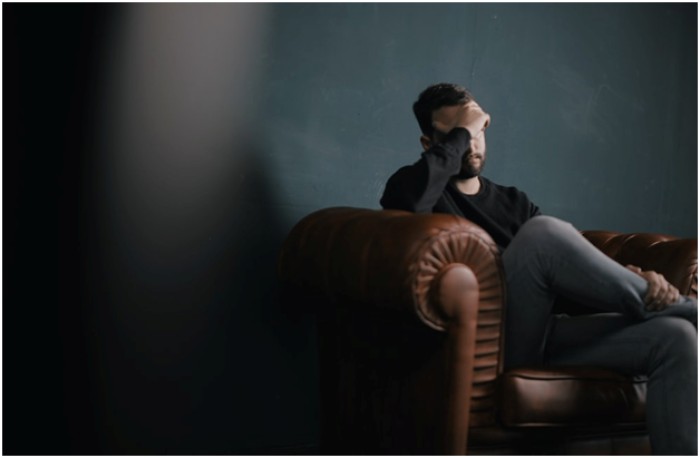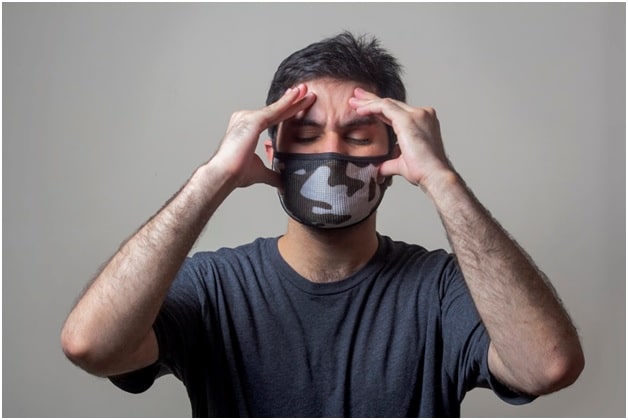
If you’ve ever experienced a migraine, you know just how debilitating it can be. It gives the sufferer an unpleasant sensation that usually starts in one area of the head. It’s accompanied by other symptoms as well, such as sensitivity to light, nausea, and vomiting. The excruciating pain that follows leaves people handicapped. They’re unable to carry out even the most basic routine tasks; just getting out of bed feels like a major achievement. Sometimes, migraines are so frequent and intense; they significantly disrupt your daily life.
If you suffer from migraines, you must know that you’re not alone. According to the Migraine Research Foundation, nearly 1 in 4 households has a migraine victim. That’s 12% of the population-18% of which are women, 6% men, and 10% children. People between the ages of 18 and 44 are more likely to suffer from migraines.
Migraines Vs. Other Headaches: What is the Difference?
A usual headache isn’t as debilitating when it comes to the intensity of pain, and you’ll experience pain in both sides of the head. A headache usually starts without warning and can last a few minutes or several hours.
On the other hand, with migraines, symptoms are more complicated. Although it can also hit you out of nowhere, you’ll most likely experience a subtle pounding first. It’s usually on one side of the head and builds up with time. If you’re exposed to loud sounds or bad lightning, it can get worse. Migraines are also accompanied by nausea and vomiting. Some people report feelings of numbness in their extremities or face.
Types of Migraines

There are two main types of migraines:
Common Migraine
Most people who experience migraines have the common ones. This type of migraine causes a pounding sensation in just one part of the head. In most cases, the pain is moderate to severe. If you move around, it gets worse.
You might also experience vomiting and nausea. If you’re exposed to light and sound, you’ll feel worse. The headache lasts between 4 hours to 72 hours if it’s not treated.
Classic Migraine
A classic migraine, also known as a migraine with aura, is experienced by 1 in 4 people who get migraines. Some people get an aura about 30 minutes before the migraine starts. If you experience an aura, you might see wavy lines or flashing lights. You might even see distorted objects. Other symptoms include having a pin and needle sensation in your body.
Migraine Symptoms
Apart from nausea and vomiting, there are several migraine symptoms you should watch out for. These symptoms usually occur one or two days before the headache starts. This stage is known as the prodrome stage. The symptoms you might experience include the following:
- Depression
- Low energy
- Irritability
- Neck stiffness
- Food cravings
- Frequent yawning
If you’re experiencing migraines with aura, the symptoms will start even before the prodrome stage. These include:
- Difficulty communicating properly
- Losing vision for a short time
- Feeling a prickly sensation in your extremities
- Seeing shapes or bright spots
Causes of a Migraine
The causes of migraines are complicated, and they’re not fully understood by doctors today. What’s commonly believed is that when you have a headache, specific nerves in the blood vessels send signals to the brain. This causes the brain to release inflammatory substances into the blood vessels of your head. However, it’s not yet clear why that happens.
The following are some triggers that are said to cause migraines:
- Stress: Emotional stress is one of the most common causes of migraine headaches. During very stressful events, the brain releases a chemical to help us deal with the situation. This is called the flight or fight response. These chemicals can trigger a migraine. Other emotions, such as excitement or worry, can increase muscle tension and dilate blood vessels. This can cause your headache to become even worse.
- Not Eating Properly: If you’re missing a meal, it can cause a headache.
- Caffeine: Over time, your blood vessels become sensitized to caffeine. So, if you stop taking it, a headache occurs. Some health experts do encourage taking caffeine to treat acute migraines, but it shouldn’t be done frequently.
- Hormonal Changes: Some women experience migraines during their monthly periods. The drop in estrogen level triggers migraines. Moreover, women who take birth control pills might also experience migraines.
Treatment

While there is no cure for migraines, you can use medications or change your lifestyle to minimize their occurrence. By taking pain relievers such as NSAIDs, ibuprofen, and aspirin, you can manage the severity of the headache.
Some doctors might also prescribe melatonin as it has been shown to decrease migraine headaches. Only a doctor can prescribe you the best treatment. So speak to them before opting for medicine. If you have severe headaches, over-the-counter supplements won’t help. In this case, you’ll need a prescription.
Dealing with a migraine can be painful, especially if they’re recurring. They can disrupt your entire life and force you to take off from work. It’s best to manage it with some lifestyle changes you can also check out Health A2Z’s collection of OTC and supplements.
They have authentic and best dietary supplement products that are sure to help you manage those symptoms and get your life back. Just order them, and they’ll be delivered to your doorstep. If you have any questions at all, you can also reach out to them, and they’ll get right back to you.
